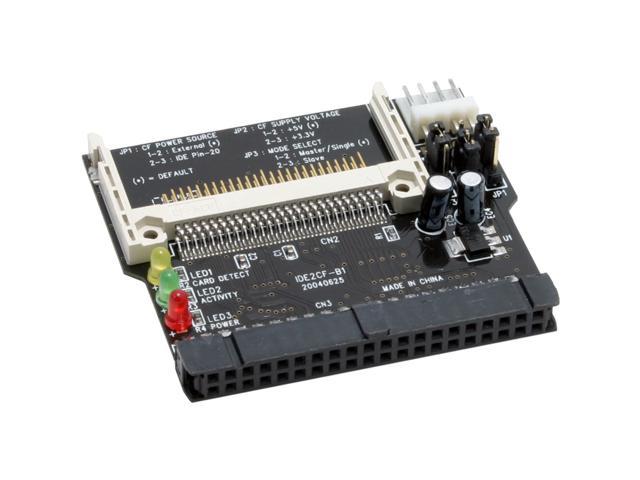Originally posted by paulsiu
View Post
I'm pretty sure that that's not directly the problem though. I've tried many distros at this point, and most will not recognize the card at all, some see it and lock up. Suse is one of the few that I've used in the past few months that works properly, albeit with slower transfers than I should be getting. I've been testing out the suse 10.3 betas, I'm pretty sure that my issues are all driver related. It wasn't until beta 2 that YAST would load up properly, and only one of the available 5 ide drivers at boot time would work properly.
As I've posted previously, HDPARM does report this as supporting UDMA mode 3.(I think. it might have been 4)
As far as the adapter I'm using, there's nothing to it. All it is, is essentially a series of short wires that allow the CF to plug into the IDE cable. There's no bridge chips or anything, meaning that there's a direct connection from my IDE motherboard adapter to the CF card. The adapter doesn't technically 'support' anything any more than a standard IDE cable does. It's just wires.
Some of the CF adapters out there do have bridge chips, as they connect to serial ATA.
I think that most of my issues are primarily driver related, and I think that it revolves around those three modes of compact flash. I've been trying to get ahold of an intel based system to do some testing with to see if that makes any difference. One of the links I recently posted, a guy has the same card as me and is getting much higher transfers.
And of course Michael said that a phoronix review is coming at some point, still waiting for that too.



Leave a comment: